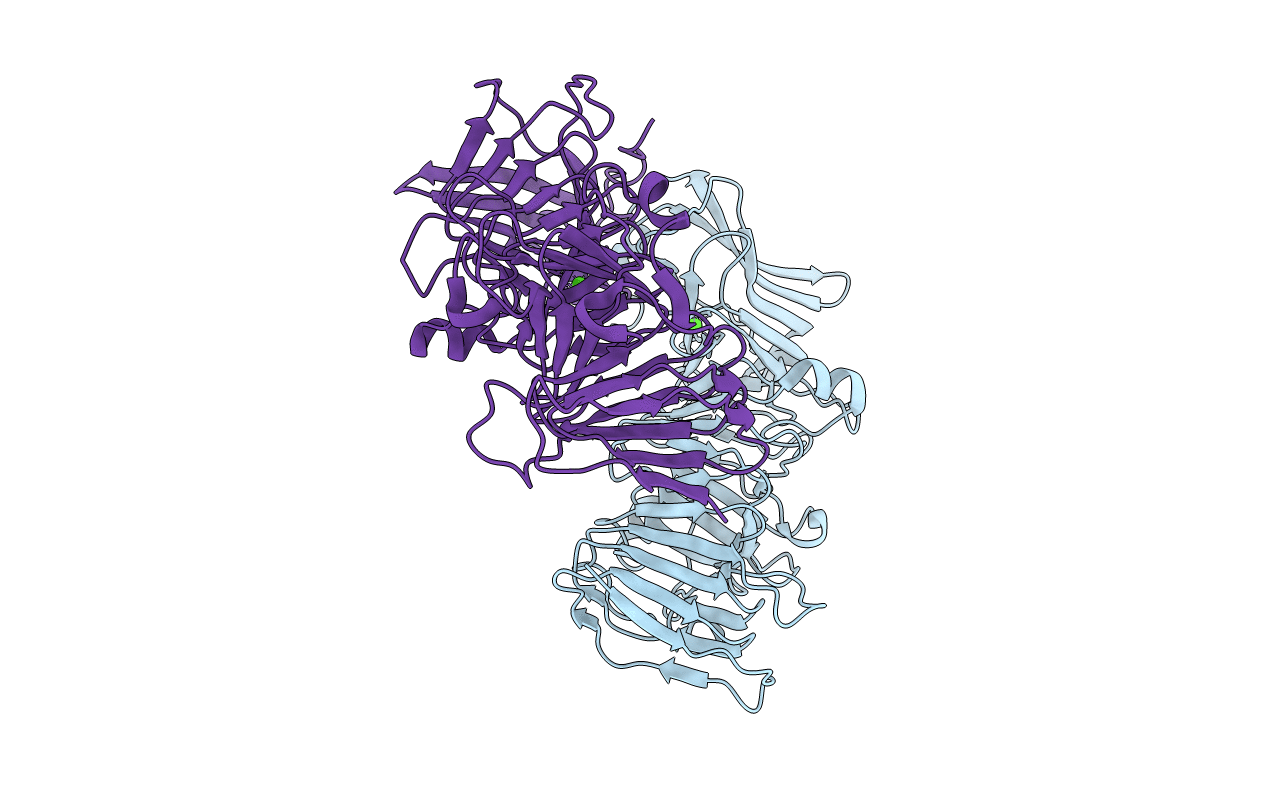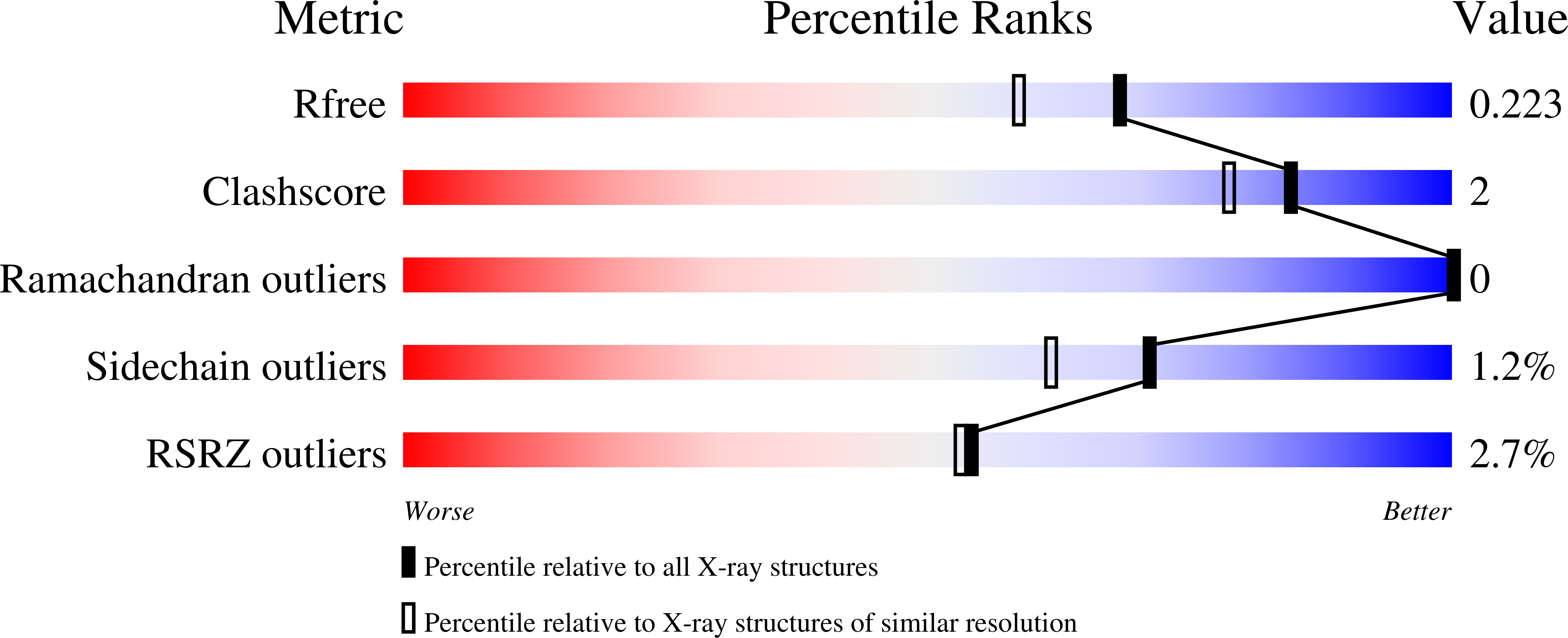
Deposition Date
2020-08-21
Release Date
2021-09-08
Last Version Date
2024-05-22
Entry Detail
PDB ID:
7JVI
Keywords:
Title:
Crystal structure of a beta-helix domain retrieved from capybara gut metagenome
Biological Source:
Source Organism:
metagenome (Taxon ID: 256318)
Host Organism:
Method Details:
Experimental Method:
Resolution:
1.85 Å
R-Value Free:
0.21
R-Value Work:
0.18
R-Value Observed:
0.18
Space Group:
P 21 21 21


